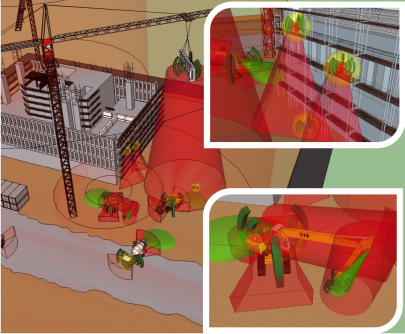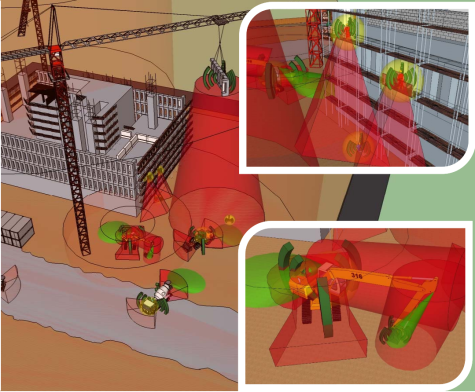Integrative Safety Awareness Model for the Avoiding of Accidents on Construction Sites (iSAM)
116,689 working accidents happened on German construction sites in 2011. On the human side these accidents have significant consequences for the health of the involved persons. On the economic side this accidents lead to rising costs for the individual construction project and for the whole economy in general. To reduce the number of severe and deadly accidents on construction sites new models and related methods with an integrated approach have to be developed. In this area there are actually only single island solutions for special construction processes: a general model is missing. Therefore, new research work for an integrative model is necessary.
The aim of this research project is to develop a new integrative model for the prevention of working accidents on construction sites. Many factors and boundary conditions have an influence on the safety of construction processes. Especially, in the area of moving construction vehicles and in the spatial intersection of parallel conducted working processes the risk for accidents is very high. Some individual solutions are developed for special applications, but an integrative model embracing all applications in terms of enabling an early warning system is missing. In the project this new characteristic is called safety awareness.
To close this lack of research the approach in the project is as follows for the integrative software-independent formal safety awareness model (iSAM):
- firstly, building process models have to be supplemented with new safety interaction relationships,
- secondly, safety relevant events have to be identified with sensors and,
- thirdly, in combination with a new multi-agent-system the early warning functionality has to be implemented.
Further information about the project and the research results can be found in the GEPRIS-Portal of the DFG.






